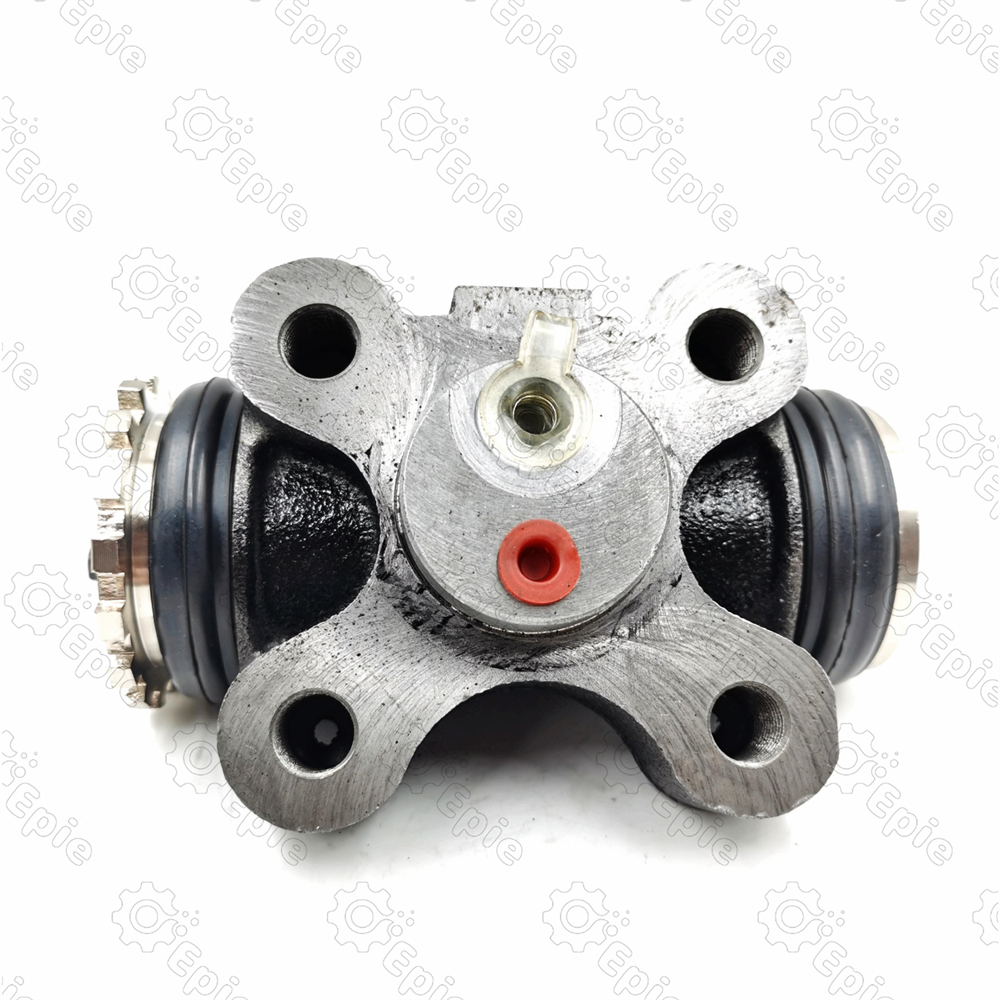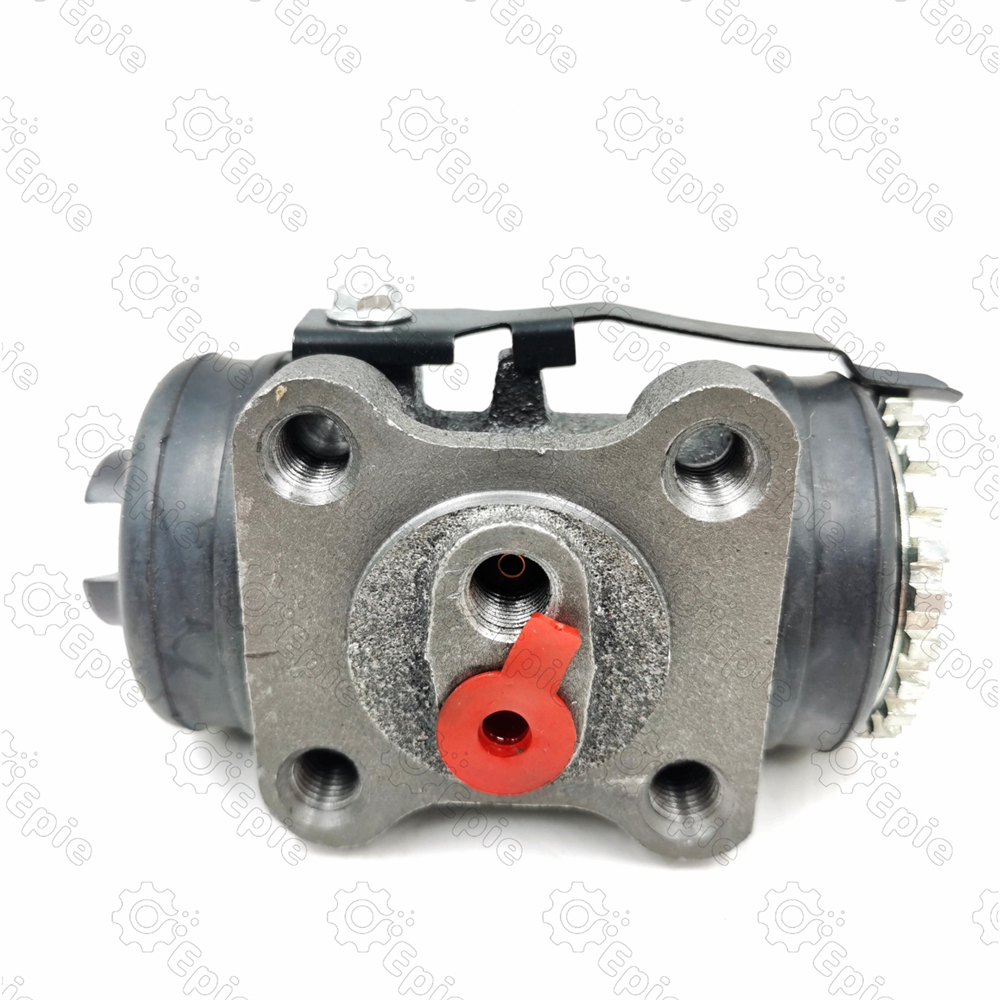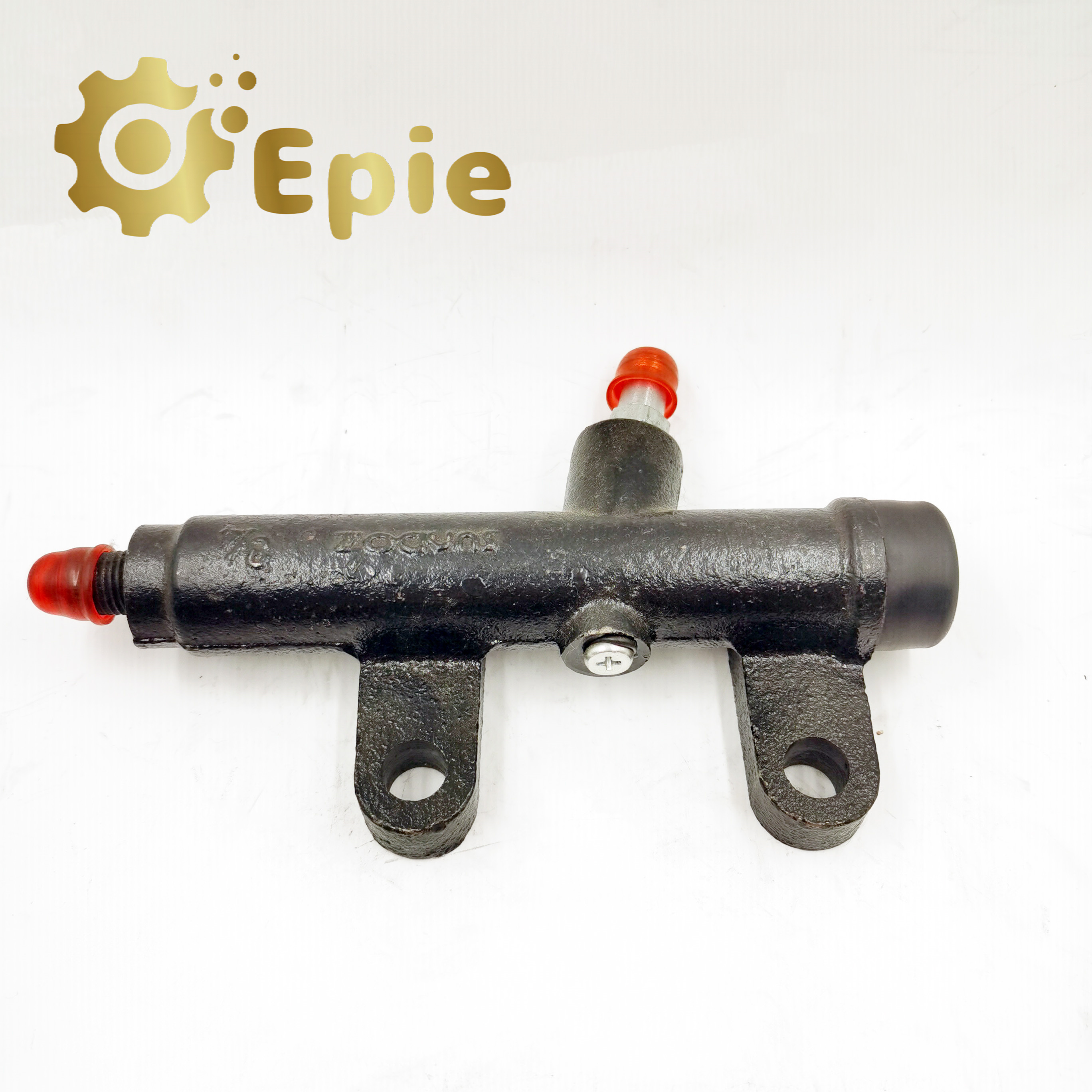Welcome to Epie

Understanding Brake Wheel Cylinders: A Key Component of Your Vehicle's Braking System
When it comes to vehicle safety, the braking system plays a crucial role. Among the many components
that make up this system, the wheel cylinder stands out as a critical part that ensures your vehicle stops
smoothly and effectively. In this article, we'll dive into what a wheel cylinder is, how it works, common issues,
and maintenance tips to keep it functioning optimally.

What is a Wheel Cylinder?
A wheel cylinder is a component found in drum brake systems, which are commonly used in older vehicles
and some modern rear brake setups. Its primary function is to actuate the brake shoes, pressing them against
the brake drum to slow or stop the vehicle. The wheel cylinder is typically located at the top of the brake assembly,
near the top of the brake shoes.
How Does a Wheel Cylinder Work?
When you press the brake pedal, hydraulic pressure is created in the brake lines. This pressure is transmitted to
the wheel cylinder, which contains pistons. The pistons are forced outward by the hydraulic pressure,
pushing thebrake shoes against the drum. This friction slows down or stops the rotation of the wheels, bringing the vehicle to a halt.
Common Issues with Wheel Cylinders
Like any other automotive component, wheel cylinders can experience issues over time. One common problem is leaks,
which can occur due to damaged seals or corrosion. Leaking wheel cylinders can lead to a loss of brake fluid, resulting
in reduced braking performance or a complete brake failure.
Another issue is piston seizure, where the pistons become stuck due to corrosion or debris. This can prevent the
brake shoes from fully engaging, leading to uneven braking or a spongy brake pedal feel.
Maintenance Tips for Wheel Cylinders
Regular maintenance is key to keeping your wheel cylinders in good condition. Here are some tips:
1. Check for leaks: Inspect your wheel cylinders regularly for any signs of leaks,
such as wet spots or dripping brake fluid.
2. Brake fluid flush: Follow the manufacturer's recommendations for brake fluid flush intervals to
prevent corrosion and maintain hydraulic pressure.
3. Inspect brake shoes: Check your brake shoes for wear and replace them if necessary to
prevent damage to the wheel cylinders.
4. Clean the brake assembly: Periodically clean the brake assembly to remove debris and prevent corrosion,
which can affect the wheel cylinder's performance.
5. Professional inspection: If you notice any issues with your brakes, such as noise or reduced braking performance,
have a professional mechanic inspect the system, including the wheel cylinders.
In conclusion, wheel cylinders are a vital component of your vehicle's braking system, responsible for applying the
brakes and ensuring your safety on the road. By understanding how they work and following proper maintenance practices,
you can keep your brake wheel cylinders in top condition and enjoy smooth and reliable braking performance.






